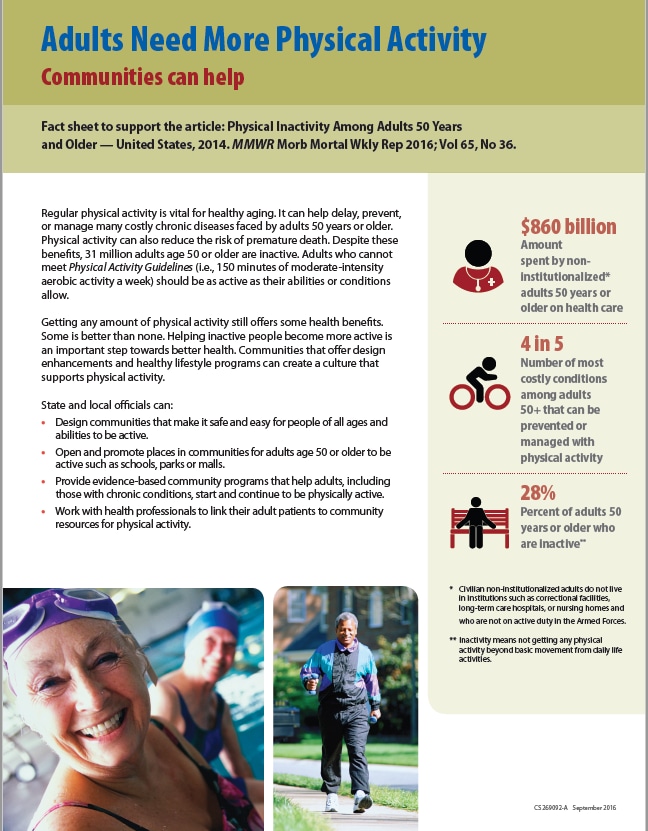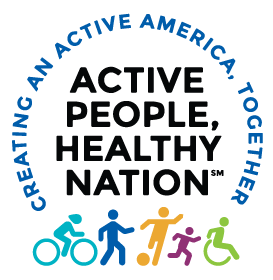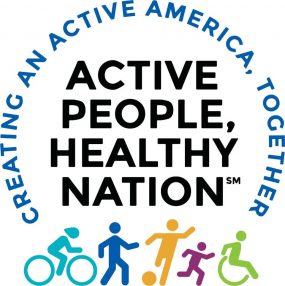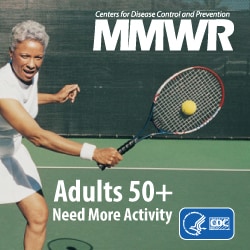Adults 50 and Older Need More Physical Activity
Communities Can Help
(Sept. 20, 2016) – Regular physical activity is vital for healthy aging because it helps delay, prevent, or manage many costly, chronic diseases. Physical activity can also reduce the risk of premature death. Despite these benefits, 31 million adults age 50 or older were inactive in 2014. Also see inactivity data by age group for additional years.
Adults need at least 150 minutes of moderate intensity activity such as brisk walking each week. That can be spread out over the week such as 30 minutes five times a day. Adults also need least 2 days of activities that strengthen muscles. Adults aged 65 years and older should add activities to improve balance, such as standing on one foot.
Adults who cannot meet the physical activity guidelines should be as active as their abilities or conditions allow. Some physical activity is better than none.
Problem
According to a study published in 2016 with data from 2014, among US adults 50 years old and greater:
- 28% were physically inactive.
- Inactivity was 30% higher among those with a chronic disease.
- Hispanics, non-Hispanic Blacks, and adults with lower education levels were more likely to be inactive.
Physical activity can improve health and quality of life.
- Physical activity can reduce the risk of moderate or severe functional limitations in mid-life and older adults.
- Physical activity reduces the risk of premature death and supports positive mental health and healthy aging.
Physical inactivity increases healthcare costs.
- Non-institutionalized adults 50 years or older spend $860 billion annually on health care.
- 4 in 5 of the most costly chronic conditions among adults 50 years or older can be prevented or managed with physical activity.
Percentage of self-reported physical inactivity among adults 50 years and older by chronic disease status and age group, Behavioral Risk factor Surveillance System 2014
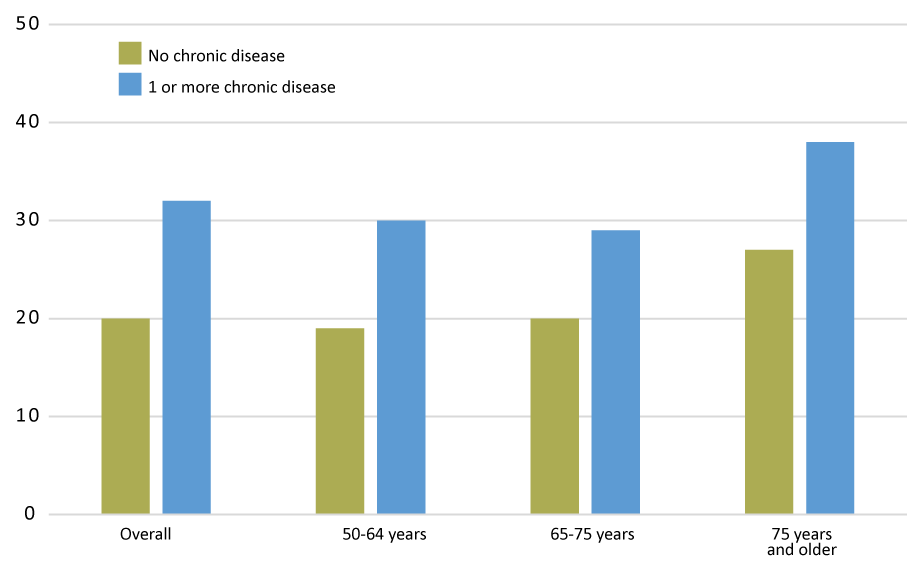
What Can Be Done
The federal government is:
- Providing key stakeholders with training and technical assistance to implement Step It Up! The Surgeon General’s Call to Action to Promote Walking and Walkable Communities.
- Partnering with transportation organizations to develop and adopt environmental and policy supports for active transportation.
- Working with partners to develop a best-practices community planning model.
- Gathering and disseminating physical activity, walking and walkability data to help build the case for active communities.
State and local officials can:
- Design communities that make it safe and easy for people of all ages and abilities to be active.
- Open and promote places in communities for adults age 50 or older to be active such as schools, parks or malls.
- Provide evidence-based community programs that help adults, including those with chronic conditions, start and continue to be active.
- Work with health professionals to link their adult patients to community programs and resources for physical activity.
Transportation engineers and community planning professionals can:
- Locate schools, worksites, businesses, parks, recreational facilities, and other destinations within walkable distance of each other.
- Adopt community planning, land use, development, and zoning policies and plans that support physical activity for people of all ages and abilities.
- Support safe, efficient, and pedestrian-friendly public transit systems and transit-oriented development.
- Create and improve walking trails and parks.
Community organizations can:
- Provide safe and convenient access to community locations that support physical activity for all users, such as parks, malls, and senior centers.
- Offer physical activity programs that help people to be as active as their abilities or conditions allow.
- Set up walking groups, buddy systems, and other forms of social support for physical activity.
- Promote the availability of safe, convenient, and well-designed community locations and programs that promote physical activity.
Everyone can:
- Be physically active with friends, family, and work colleagues on a regular basis.
- Make walking to the store, the office, or the bus part of your daily routine.
- Try a recreational program designed for your age group or mobility level.
- Participate in local planning efforts that support safe and convenient places to be active.
- Physical Activity Needs for Adults
- Physical Activity Needs for Older Adults
- Physical Activity Builds a Healthy and Strong America [PDF-3.88MB]
- Activities for Older Adults
- Overcoming Barriers to Physical Activity
- Measuring Physical Activity Intensity
- Community Strategies to Increase Physical Activity
- Step it Up! The Surgeon General’s Call to Action to Promote Walking and Walkable Communities
- Surveillance Systems Used to Track Physical Activity
- Arthritis Intervention Programs
- State Indicator Report on Physical Activity, 2014 [PDF-2.7MB]
- CDC Vital Signs: Adults with Disabilities
- CDC Vital Signs: More People Walk to Better Health
- Mall Walking: A Program Resource Guide [PDF-5.21MB]
- Physical Activity Guidelines for Americans
- The Community Guide
- Healthy People 2030
- Safer People, Safer Streets Initiative
- EnhanceFitness Program
- Walk With Ease Program
- Smart Growth and Economic Success: Strategies for Local Governments
- Rethinking Streets: An Evidence-Based Guide to 25 Complete Street Transformations
- Growing Stronger: Strength Training for Older Adults
